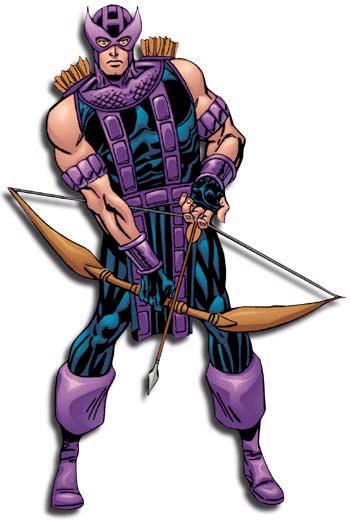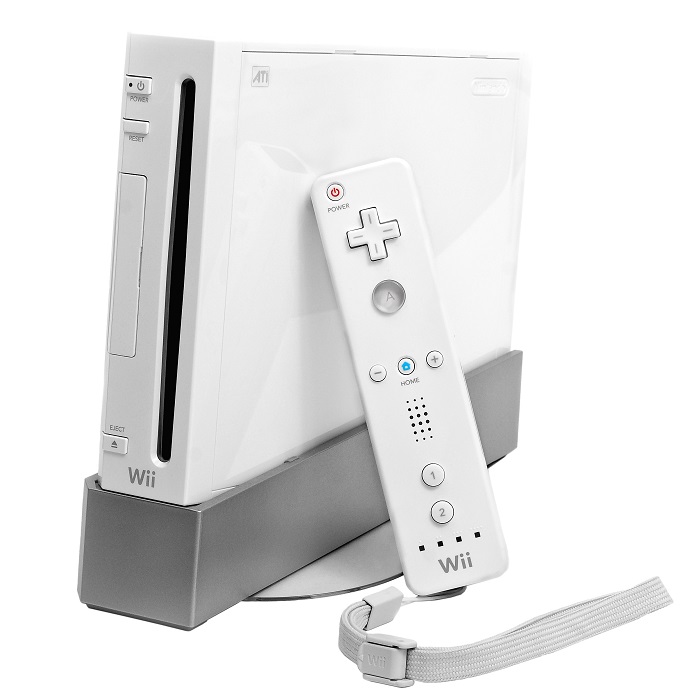- Second Generation Consolesthe History Of Video Games To Play
- Second Generation Consolesthe History Of Video Games On
- Second Generation Consolesthe History Of Video Games Free
Trends[edit]
Flooded Market[edit]
On Monday, Microsoft announced one of the largest acquisitions in the company’s history with the purchase of video game developer ZeniMax Media for a reported $7.5 billion. The addition of an advanced graphics chip, the fourth generation video game home consoles were the start of the 16-bit era. Some major differences between the fourth generation compared to the prior generation are: 16-bit microprocessors, Multi-button game controllers with many buttons (3 to 8), Parallax scrolling of multi-layer tile-map backgrounds, Large sprites, 80–380 sprites on screen,. Early 90’s- Video Game Consoles (R)evolution. In the beginning of the 90’s, there was a considerable change in the way video game consoles functioned. The year 1992 saw the launch of the first CD console – Philips CD-i. The next year, Sega CD was launched. Many of these consoles and games were low quality, and made it difficult for consoles offering innovative features or quality games to compete. This was one factor which lead to the video game crash of 1983. Digital programmable computers. This generation, many game consoles contained basic 8-bit computers.
A huge number of consoles and video games flooded the market. Many of these consoles and games were low quality, and made it difficult for consoles offering innovative features or quality games to compete. This was one factor which lead to the video game crash of 1983.[1]
Digital programmable computers[edit]
This generation, many game consoles contained basic 8-bit computers. Rarely 4-bit and 16-bit computers would be used, like in the Game and Watch (4-bit)[2] or the Intellivision (16-bit),[3] though this had minimal impact on console graphics which were primarily constrained by other factors. Cartridge based systems became normal during this generation, and the introduction of digital programmable computers allowed game consoles to run software, which permitted more varied games than what the console designers originally intended.
Representative Graphics[edit]
This generation saw increased graphical capabilities of home game consoles, leading to less reliance on simple squares and rectangles in conjunction with overlays, and evolving to simple pixel artwork and rarely vector art. The pivotal choice between industry support for raster or vector graphics technology would hugely affect the industry going forward, with many genres of games favoring one or the other. The ultimate success of the use of raster graphics this generation would lead to their dominant use until the fifth generation of consoles. While these graphics would quickly be considered quite outdated by the mid to late 1980's, this step was a huge leap in quality and allowed more arcade style games to be played on home consoles.
This generation saw the first handheld consoles with basic screens. The displays were typically not visible in the dark and monochrome, but they still offered an improvement over the previous approach of using a few basic lights as output.
Home Consoles[edit]
Major Consoles[edit]

- Atari 2600 / VCS
- Atari 5200
- Fairchild Channel F
- Magnavox Odyssey²
- Intellivision
- ColecoVision
- RCA Studio II
2001 family[edit]
- Arcadia 2001
- Leisure Vision
- Tele-Fever
- Palladium Tele-Cassetten Game
1292 family[edit]
- 1292 Advanced Programmable Video System
- Interton Video Computer 4000

Tabletop Consoles[edit]
- Vectrex
- Entex Adventure Vision
Minor Consoles[edit]
- Cassette Vision
- Bally Astrocade
- APF-MP1000
- Bandai Super Vision 8000
- Gakken Compact Vision TV Boy
- SHG Black Point
- VTech CreatiVision
- Pyūta Jr
Canceled Consoles[edit]
- Ultravision Video Arcade System
Handheld Consoles[edit]
Major handhelds[edit]
- Game & Watch series
- Microvision

Minor handhelds[edit]
- Epoch Game Pocket Computer
- Entex Select-A-Game
- Tomytronic 3D
- VTech 3D Gamate
- VTech Variety
- Children's Discovery System
- Colorvision
- Palmtex Portable Videogame System
- Digi Casse
- Nintendo Computer Mah-Jong Yakuman
Cancelled Handhelds[edit]
- Atari Cosmos
References[edit]
Second Generation Consolesthe History Of Video Games To Play
Wikipedia has related information at Second generation of video game consoles |
- ↑'No. 3038: The Video Game Crash of 1983'. https://www.uh.edu/engines/epi3038.htm.
- ↑'Game & Watch: Super Mario Bros. Review — Only 80s Kids Remember' (in en). 17 November 2020. https://www.dualshockers.com/game-watch-super-mario-bros-review/.
- ↑'Intellivision'. http://kevtris.org/intv/index.html.
← First generation of video game consoles · Third generation of video game consoles →
Second Generation Consolesthe History Of Video Games On
Second Generation Consolesthe History Of Video Games Free

On Monday, Microsoft announced one of the largest acquisitions in the company’s history with the purchase of video game developer ZeniMax Media for a reported $7.5 billion. When completed, the acquisition will be the second largest ever in the video game industry, and shows just how serious Microsoft is about the future of their gaming platforms.
The $7.5 billion acquisition of ZeniMax Media will be the second-largest video game acquisition in history. The largest acquisition prize is currently held by Chinese technology company Tencent, which acquired mobile game company Supercell in 2016 for a reported $8.6 billion. Supercell, the maker of popular mobile games like Clash of Clans, had made billions off of mobile app games before Tencent’s deal. Other large deals include Facebook’s purchase of Oculus VR in 2014, Activision Blizzard’s purchase of video game developer King in 2015 and Microsoft’s other large video game acquisition of Mojang in 2014.
Microsoft’s next-generation consoles, the Xbox Series S and Series X, are slated to release in November alongside top competitor Sony’s next-generation PlayStation 5. The releases will kick off the new race for console video game supremacy, and Microsoft’s acquisition looks to make sure their Xbox platform competes on all levels of gaming production and consumption. ZeniMax’s largest money maker is Bethesda, which produces hit video game series like Elder Scrolls, Fallout and Doom. It’s yet to be determined whether Microsoft will push to have these titles exclusive to the Xbox console, but regardless, the acquisition will certainly help boost subscriptions to the company’s recent unveiling of their cloud gaming service Game Pass.
This chart shows a list of the largest video game company acquisitions in history.
© Provided by Statista largest video game acquisitions